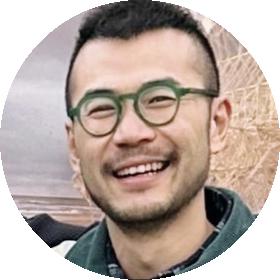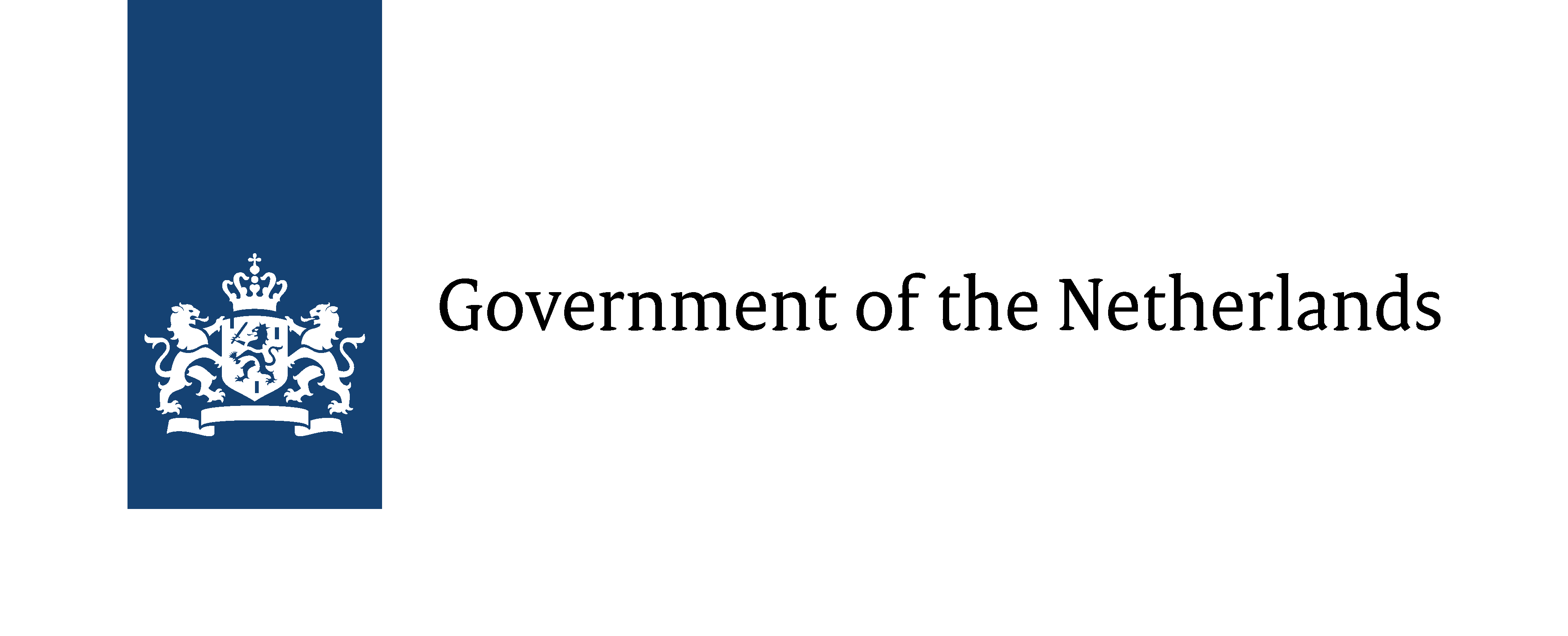
Brief Historic Overview of Modern Dance in China
Wu Xiaobang (1906-1995) is credited as the original father of Chinese modern dance. He studied ballet and modern dance in Japan from Japanese teachers who had trained in Germany. He returned to China during the War of Resistance and choreographed numerous patriotic solos and ensemble dances. At the end of the 1950s and beginning of the 1960s, Wu Xiaobang set up the Tianma Dance Art Studio in Shanghai to promote his own teaching system that combined what he had studied in Japan with his own in-depth research of Chinese folk and religious customs. During the Cultural Revolution (1966-76), modern dance, like almost all other forms of culture that did not conform to official prescriptions, was prohibited. In the 1980s, Wu Xiaobang became the founding director of the Dance Research Institute as well as the first instructor in China to teach an MA degree in dance. (Related article)
Yang Meiqi, considered the mother of modern dance in China, received a scholarship in 1986 to attend the American Dance Festival (ADF) in the U.S. Upon returning to China, Yang worked with ADF and the Asian Cultural Council (ACC) to set up a four-year modern dance training program at the Guangdong Dance School where she was principal. Dancers from song and dance troupes across China were recruited to enroll, most of whom had never heard of modern dance. In 1992, graduates of the program remained to form the Guandgong Experimental Modern Dance Company, later renamed Guangdong Modern Dance Company (GMDC), China’s first official modern dance company. Three years later, Beijing Modern Dance Company was founded under the auspices of the Beijing Song and Dance Ensemble and then in 1998 registered independently of the government. In 2008, BMDC registered under the Ministry of Civil Affairs as China’s first official non-profit dance company.

